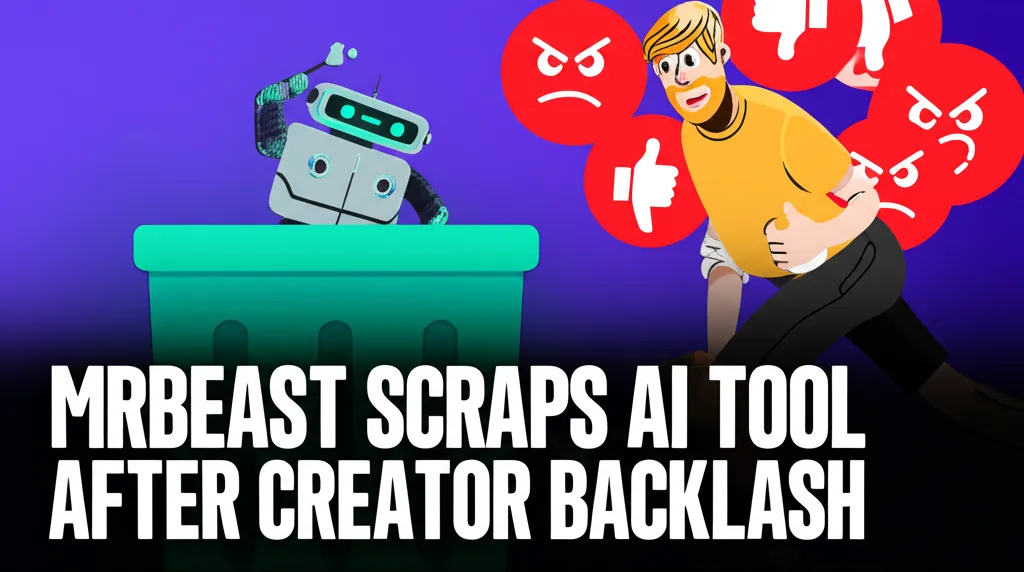Google Unleashes Its Veo 3 AI Video Tool Publicly

Google's highly anticipated video-generating model, Veo 3, has officially moved into public preview, making it accessible to a much wider audience. The company announced on Thursday that the tool, which has been creating a significant buzz online, is now available to all its cloud customers.
How to Access Google's Veo 3
Previously, access to Veo 3 was limited to subscribers of Gemini Ultra and users of Flow, Google's AI-powered platform for filmmakers. Now, any Google Cloud customer or partner can experiment with the model through the Vertex AI Media Studio.
What Makes Veo 3 a Game-Changer
Unveiled at Google's recent I/O developer conference, Veo 3 stands out for its ability to generate video with synchronized audio—a persistent challenge in the AI field. For instance, you can ask for a video of a busy subway car, and Veo 3 will produce not only the visuals but also the corresponding ambient background noise to enhance realism. Google states it can even generate the sound of human voices on command.
The model also excels at simulating real-world physics, accurately depicting things like the fluid dynamics of water or the natural movement of shadows. This makes it a powerful asset for creative industries and aligns with Google's mission to bring practical AI tools to filmmakers. In a recent blog post, the company noted that users can fine-tune creative details with natural language, controlling everything "from the shade of the sky to the precise way the sun hits the water in the afternoon light."
Business Use Cases and Early Adopters
Companies are already exploring Veo 3 for a variety of applications, from creating social media ads and product demos to developing internal training materials. The feedback has been overwhelmingly positive, with one CEO calling it "the single greatest leap forward in practically useful AI for advertising since gen AI first broke into the mainstream in 2023."
This push into AI video generation isn't unique to Google. Other tech giants are also investing heavily in this space. AI avatar company Synthesia, for example, offers technology to make enterprise content faster. Earlier this month, Amazon Ads announced the general launch of its Video Generation tool across the US, and Meta has set its sights even higher, reportedly aiming to automate every step of the ad production process.
A Mixed Reception in the Creative World
The response from creative professionals has been divided. Some, like acclaimed director Darren Aronofsky, are embracing the technology, forming a creative partnership with Google DeepMind. Similarly, Lionsgate has struck a deal with AI startup Runway.
However, there is also significant criticism regarding the encroachment of AI into creative fields. A Toys R' Us ad created with OpenAI's Sora last year was widely ridiculed online, and entertainment unions are actively organizing to protect jobs as the technology advances.
The Technical Hurdle of Syncing Audio and Video
Veo 3 is one of the first models from a major developer to successfully synchronize AI-generated video and audio from the start, alongside models like Meta's Movie Gen. While other tools like Runway's Gen-3 Alpha can add AI audio in post-production, generating both concurrently requires the massive computational power of a company like Google.
You can see the model's capabilities in this official Veo 3 demo.
Fusing video (a series of still frames) with audio (a continuous wave) is a complex task. The models must operate across these different modalities and timescales. Furthermore, an effective model must dynamically account for real-world variables like material, distance, and speed. For example, a horse walking on cobblestones sounds distinctly different from one walking on grass, and a car driving at 100 mph sounds nothing like one moving at 10 mph. Veo 3's ability to handle these nuances marks a significant step forward for generative AI.


